Have you ever experienced this scenario? You finish your dressage test and hang out where the scores are posted, eagerly awaiting what is sure to be a win in your category. But when your test is finally revealed, your score is much lower than you anticipated, and the judge’s comments are full of phrases like “more extension,” “move out more,” and “smoother transitions.”
Or maybe you’ve had a similar disappointment with your first Thoroughbred racehorse. Coming back from a spell, you’ve been cautious about workouts, only going to full speed about once per week or so. You were happy with the final training breeze, but in your first race, your gelding breaks well and then fades to the back of the pack, finishing in last place.
In each case above, the horse owner didn’t accurately perceive the horse’s condition or their ability to compete vigorously against the field. Of course, the looming question is, how do you do better next time? Is there a way to assess your horse’s performance in training sessions to better predict outcomes in actual competition?
What is horse training on a scientific level?
Before discussing how to assess your horse’s training, it’s helpful to define activity scientifically. What is training exactly?
Training is exercising your horse in such a way as to ask for both physical and mental adjustments that change the horse’s anatomy, at least temporarily during the period of training. These adaptations fall into multiple categories:
- cardiovascular
- musculoskeletal
- temperature regulation and metabolism
- central and peripheral nervous system
Examples of measurements of success in these headings include:
- lower heart rate with exertion
- increased VO2MAX (the ability to consume and use oxygen more efficiently)
- improved strength in muscles and supporting structures, such as bones, tendons, and ligaments
- decreased recovery time after exertion
- acclimatization to heat
- improved coordination when executing skills, such as performing movements in a chain or responding appropriately and consistently to cues and aids
How can the beginning rider measure horse fitness?
While a veterinarian in a lab can acquire data to measure many of the above metrics and more, what is the average rider or small stable owner to do beyond timing for speed or knowing the height of jumps cleared by a horse?
One of the most important places to start is with your horse’s weight. Just like with human athletes, if your horse is over or underweight, it will not likely have the ability to compete with other horses in prime condition. If you do not have a livestock scale available for an accurate weight assessment, use the “point measurement” technique, which is more accurate than a commercial weight tape. Ask your vet what your horse should weigh, and if it does not meet that metric, develop a feeding plan together to get there.
Another easy assessment to take is your horse’s heart rate (pulse), which is a component of cardiac output, an indicator of how hard, and more importantly, how efficiently your horse is working. Heart rate multiplied by stroke volume (the amount of blood pushed into the circulatory system with each heartbeat) equals cardiac output. You can take your horse’s heart rate by palpation (with your fingers) or using a stethoscope, and it’s an excellent skill to have any way to help mark the early signs of dehydration, colic, and infection.
To make your horse’s heart rate information helpful, you need to know the rate at rest and again immediately after exercise. You should then see how fast the heart rate comes down after a workout, which, just like with people, is a reliable indicator of fitness. Additionally, a healthy horse can perform a higher level of exertion at a lower heart rate than one out of shape.
What about more technological methods?
There are several other more complicated metrics riders, and trainers use to evaluate horse fitness and performance, some more reliable than others. In horse racing, for example, red blood cell (RBC) measurements are frequently taken after exercise. However, this method may miscount the total number of red blood cells stored in the spleen and released quickly into the bloodstream at the start of training.
Body temperature is another measurement that can be helpful when used correctly. A well-conditioned horse shouldn’t see as significant a rise in temperature with heavy exercise as one in poor shape, but that can vary with the ambient temperature. Horse temperature measurements are most accurate as an indicator of fitness when the weather is neither too hot nor too cold outside.
Because respiration is used to cool in the horse, the respiratory rate (the number of breaths taken per minute) may also vary in its reliability as a measure of fitness. On a hot day, a horse may breathe more rapidly to cool itself than on a cool day, so keep that in mind when using this metric.
How can complete objective data yield better results in subjective categories?
If you want to go up yet another level in horse fitness and performance monitoring and collect data that can assist with those tricky subjective criteria that make or break competition, there are new options. Wait, you’re probably asking, how can knowing complex numbers affect non-objective assessments, like the quality of movement in a dressage test or how well a horse will extend its reach to close distance in a Thoroughbred race?
The answer is that while many elements of a horse race or show may look intuitive and unmeasurable, they can ultimately be drilled down to objective standards. Take, for example, an extended trot in a dressage test. What may seem like something that’s up to the judge’s tastes is quantifiable mainly. The length of each stride contributes to the judge’s impression of the movement quality overall. Likewise, the smoothness of a gait isn’t some magical, ballet-like quality but rather the absence of a lot of distracting up-and-down or excess motion instead of pure translational movement. A seasoned show judge views a dressage test with almost freeze-frame mental images; what you may miss in watching yourself in the mirror or on video gets translated into a total performance score, and objective data are worked subconsciously into a subjective opinion and comments like “more reach.”
Reach is a vital component of jumping and Thoroughbred racing, in addition to other riding disciplines. The extension of the forelimbs through the horse’s shoulder and elbow joints can determine whether or not they can overtake another horse to move up the field and win in a race. Hind leg extension in jumping can keep a horse from knocking a rail down and incurring a penalty or slower time.
Enter biomechanical devices like ESTRIDE. Estride performs gait analysis to examine stride consistency and changes both in single training sessions and over time. Extra analytics are available with Estride’s four-node model (the nodes are worn on the horse’s legs in special strap-on boots) to help riders evaluate training (and rehabilitation) data and make predictions about future performance. Estride works on the latest RF (radio frequency) technology, unlike Seaver, a device that measures jump path and works on Bluetooth technology. This means you do not have to carry your controller/phone with you while riding and using Estride. Estride has a recording range of 1.2 km, giving you completely hands-free access to measuring your performance.
With devices like Estride, there’s no more guessing about your activity pattern in preparing for a dressage test, and you’ll know if your horse can maintain its initial stride in the final furlongs of a race. Setting up jumps in the competition will be more regular, and any horse owner or trainer can see the early signs of gait changes that could point to imminent lameness or injury. Estride also calculates both the number of calories burned in training by the horse and by the rider. If you’re going to put your horse on a strict program to improve fitness, let’s not forget that having a rider in tip-top condition won’t hurt!
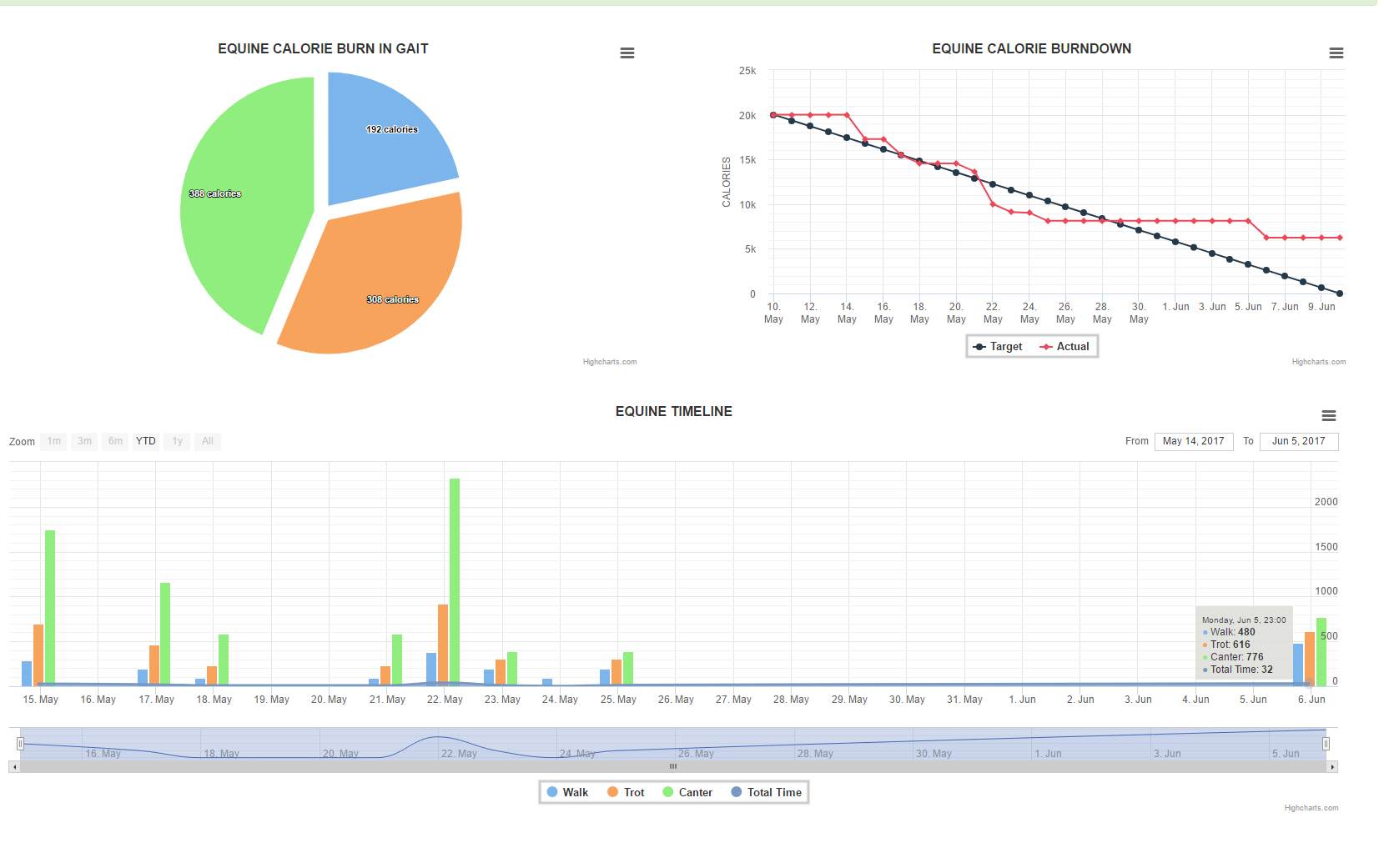
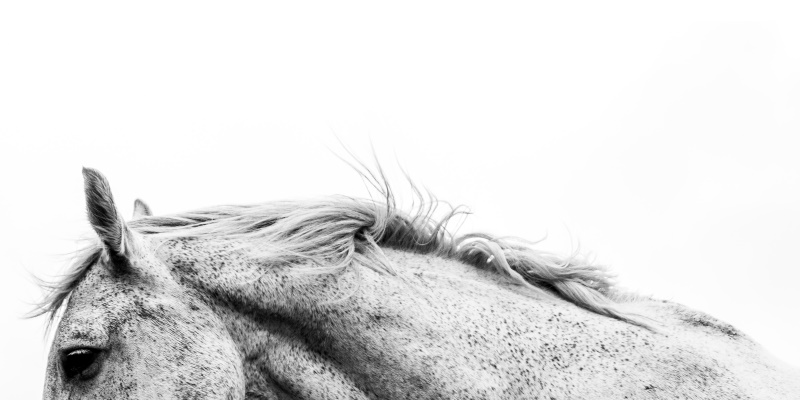
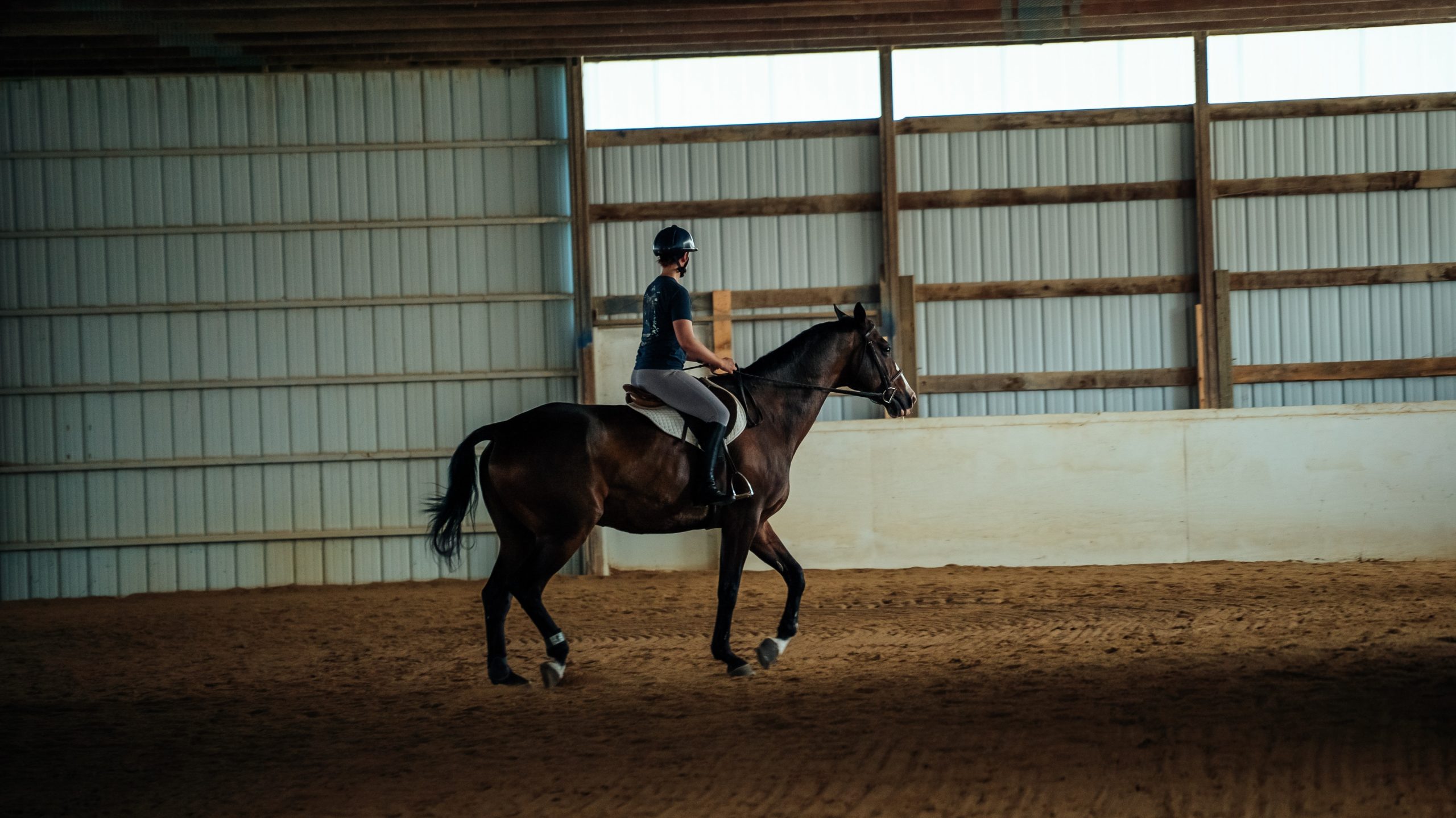
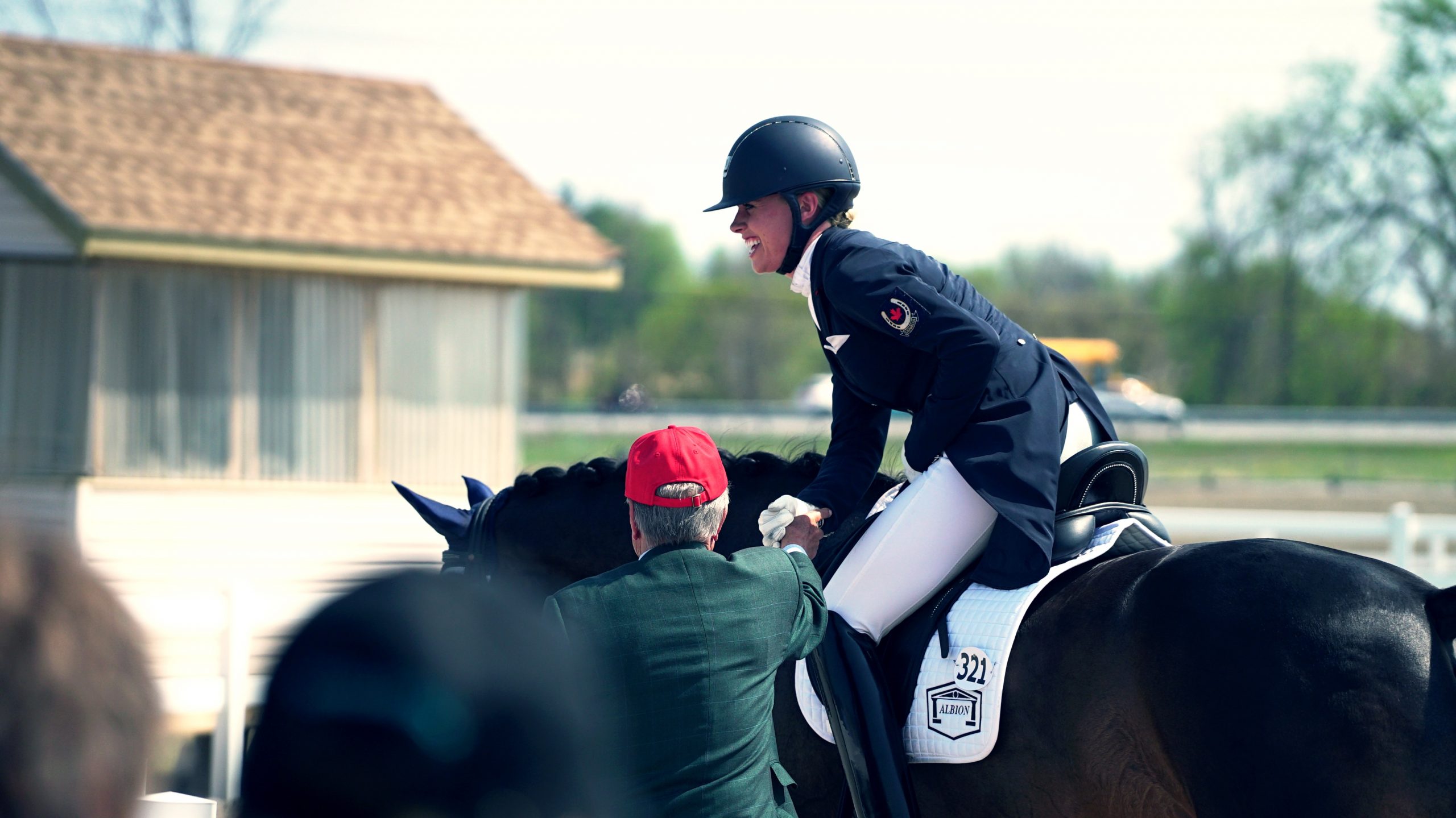

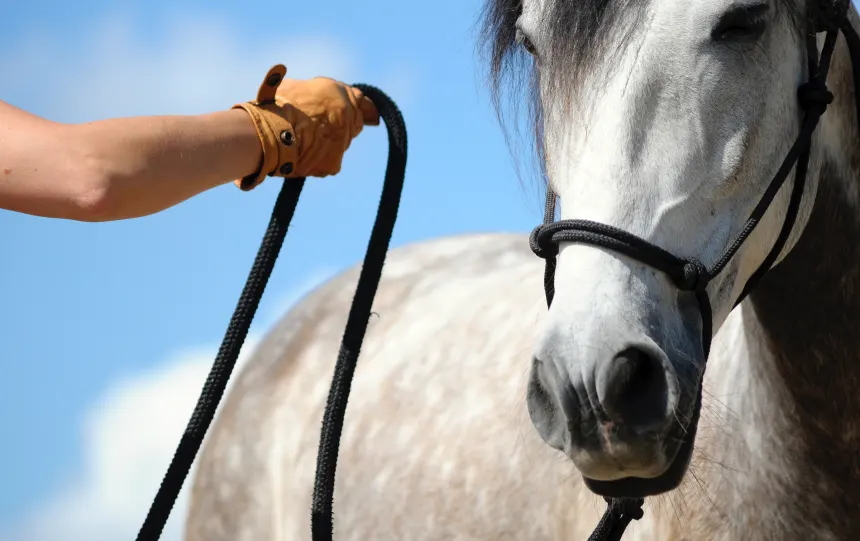
For me Estride products are a revolution in the horse industry who are serious in the end result. Quite an insight !